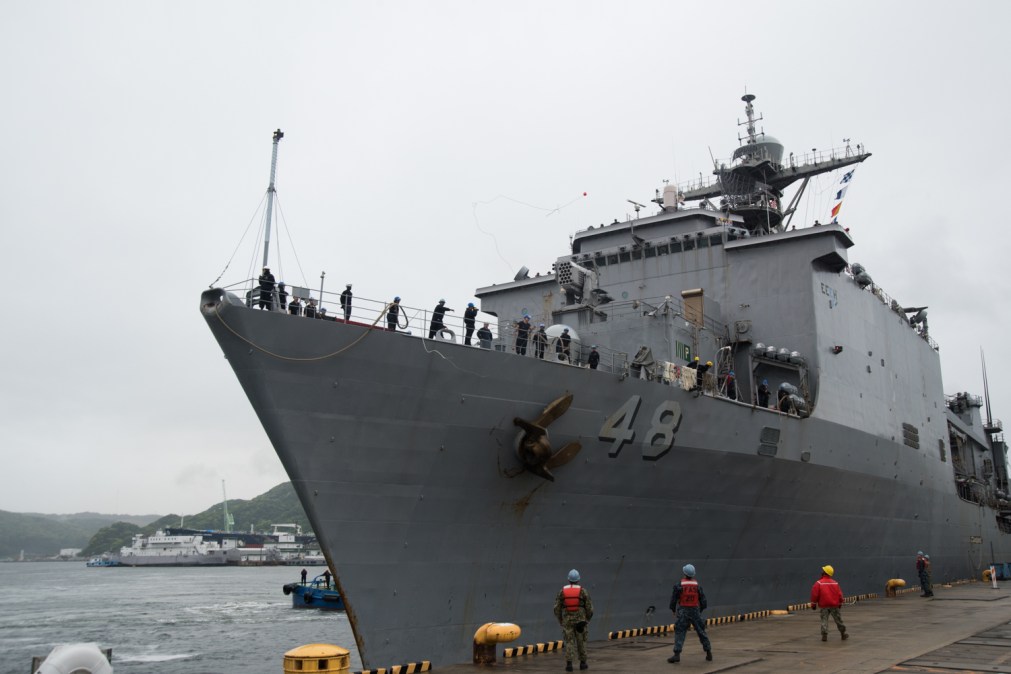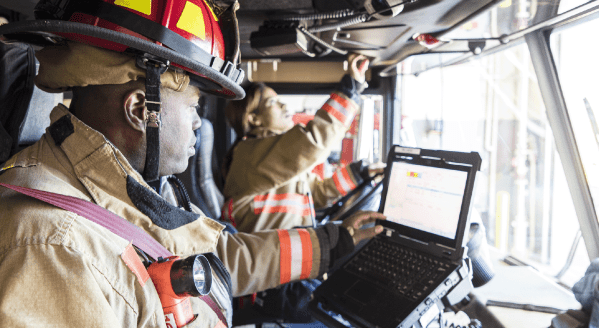Clouds that stop rust: Navy merges cloud, drones and AI for ship maintenance

The Navy is piloting the use of drones and artificial intelligence-enabled image analysis to enhance its maintenance on ships by automatically detect issues like rusting.
The service issued a Phase 1 Small Business Innovation Research grant to tech giant Google and small business Simple Technology Solutions (STS) to develop AI models to cut down maintenance time and costs for the ships.
Google Cloud will provide the underlying cloud platform and data storage for the thousands of images of ships used to develop a machine learning model, while STS will integrate the use of drones and automated image analysis. Google is certified at a Federal Risk and Authorization Management Program (FedRAMP) high level, meaning it can work with sensitive but unclassified federal data.
“This provides an incredibly robust opportunity,” Mike Daniels, head of global public sector for Google Cloud, said in an interview.
Google estimates the AI-enabled technology could end up saving the Navy “billions of dollars.” Currently, the department spends significant resources on ship maintenance, where costs run high due to parts, time and labor, all of which could be reduced by using AI to quickly find replacements before rusting and other issues spread.
Google and STS’s technology “compress that amount of time,” Daniels said.
The ultimate goal is to move from “detection to prediction,” according to STS. As the tech companies refine the accuracy of their models and image processing, both companies plan to expand the number of input sensors and subjects to predict where rusting may occur.
“This is about automation, saving time and money, and keeping inspectors out of harm’s way,” Aaron Kilinski, chief technology officer at STS, said in a statement.
Other components of the DOD, like the Joint AI Center, have prioritized creating predictive maintenance models to cut down on the DOD’s massive sustainment budget.
Google will also provide its “AutoML” suite of products, which automates much of the machine learning process and provides software developers who have limited experience with the tools to build models.
The Navy has recently taken several new technology-driven approaches to ship maintenance and sustainment and supply chain management of its parts. The service recently awarded multimillion-dollar contracts for digital twinning models, where every piece of a ship has a digital replica. The Navy has also invested in stronger supply chain monitoring data analytics platforms.
Google’s cloud servers maintain a Federal Risk and Authorization Management Program (FedRAMP) high level of security, part of the reason Google says it was chosen to store massive amounts of data about the Navy’s vessels.






